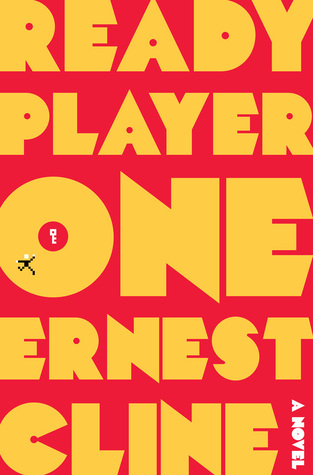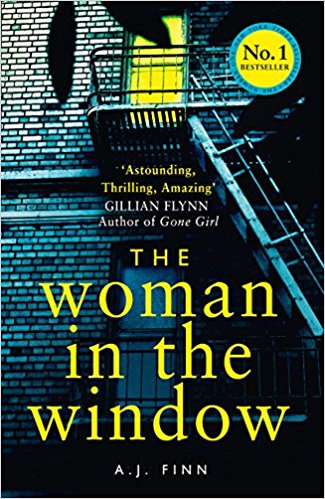
In Comes the Blind Fury, John Saul describes the fictional Paradise Point with such clarity that you can hear the crashing waves,
What’s in the fog? Well that’s a different story… Let me rewind a tad.
This novel was one of the many pulp horror paperbacks printed in the big boom of the 70s and 80s. What I love most about these books is the crazy cover art.
At the beginning of Comes the Blind Fury, we meet
It’s a small community with a Doctors Surgery (where Cal Pendleton will be working), a school, a little cemetery, and the point ends with a straight drop to the beach below.
Set in the
A century ago, a gentle blind girl walked the cliffs of Paradise Point. Then the children came – taunting, teasing – until she lost her footing and fell, shrieking her rage to the drowning sea.
Blurb from the 1978 paperback edition
So, it’s a place with a dark history, eh? Do the Pendleton’s even stand a chance?
Amanda has unfinished business (well wouldn’t you?) and is interwoven into the present day (the 1980s) really well. Although it isn’t the best story in the world, John Saul makes you care about the characters. I particularly enjoyed the gradual change in Michelle and Cal Pendleton’s father/daughter relationship.
For a novel which explores themes such as death, revenge, friendship, and loss I had a lot of fun reading Comes the Blind Fury. The twist at the end was kind of refreshing but extremely messed up; I didn’t see it coming.
I’ll certainly be checking out more by John Saul in the future. Are there any novels by John Saul that you’d recommend? I’d love to add them to my TBR list.















